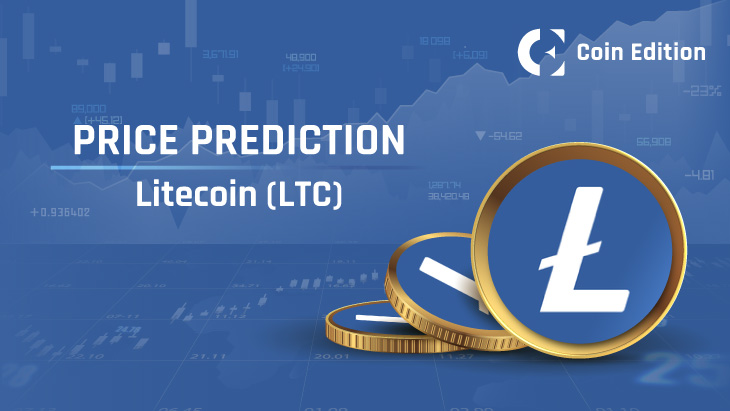- Stablecoins emerge as practical tools for remittances, bypassing banking delays
- Global firms and regulators accelerate adoption with new laws and enterprise launches
- Research, networks, and incentives address risks and expand stablecoin payment use
Tether’s head of global strategy, Marco Dal Lago, highlighted a key use case for stablecoins at the Upbit Developer Conference in Seoul – a real-world fix for slow, expensive international money transfers. He noted that USDT is already a major tool for remittances in many countries, allowing users to bypass traditional banking delays, especially on weekends.
This is just one piece of a much bigger story: the “Great Professionalization” of the entire stablecoin sector, as it matures into a regulated, enterprise-ready, global financial rail.
Related: US Treasury Secretary Makes Stunning Admission on Stablecoins and National Debt
Why 2025 is Being Called “Stablecoin Summer”
The remarks come during a period that industry participants are calling “stablecoin summer,” following several high-profile developments. The United States enacted the GENIUS Act, the first federal regulatory framework for stablecoins worldwide.
At the same time, corporate giants like Amazon and Walmart are exploring their own stablecoin launches, while Circle’s public listing signals a full entry into mainstream finance.
Ripple added to the momentum late last year, announcing its own enterprise-grade U.S. dollar stablecoin designed for instant payments, fiat-to-crypto conversions, and tokenization of real-world assets.
How is the Industry Moving Past the TerraUSD Collapse?
The industry is also building institutional-grade infrastructure to prevent a repeat of the 2022 TerraUSD collapse, which erased nearly $0.5 trillion from the market.
Research from firms like Ripple, in partnership with top business schools, is actively examining de-pegging risks to improve financial stability.
Related: Ripple’s RLUSD vs Tether’s USDT: GENIUS Act May Reshape Stablecoin Ranks
Alongside this, Circle has partnered with banking giants like Deutsche Bank and Santander to launch the Circle Payments Network. This project is designed to compete directly with SWIFT by connecting regulated stablecoins like USDC to domestic real-time payment systems.
Meanwhile, PayPal is pushing adoption of its PYUSD stablecoin by offering U.S. customers a 3.7% annual rewards rate, a direct incentive for users to hold and transact with a professionally managed, regulated stablecoin.
Disclaimer: The information presented in this article is for informational and educational purposes only. The article does not constitute financial advice or advice of any kind. Coin Edition is not responsible for any losses incurred as a result of the utilization of content, products, or services mentioned. Readers are advised to exercise caution before taking any action related to the company.







